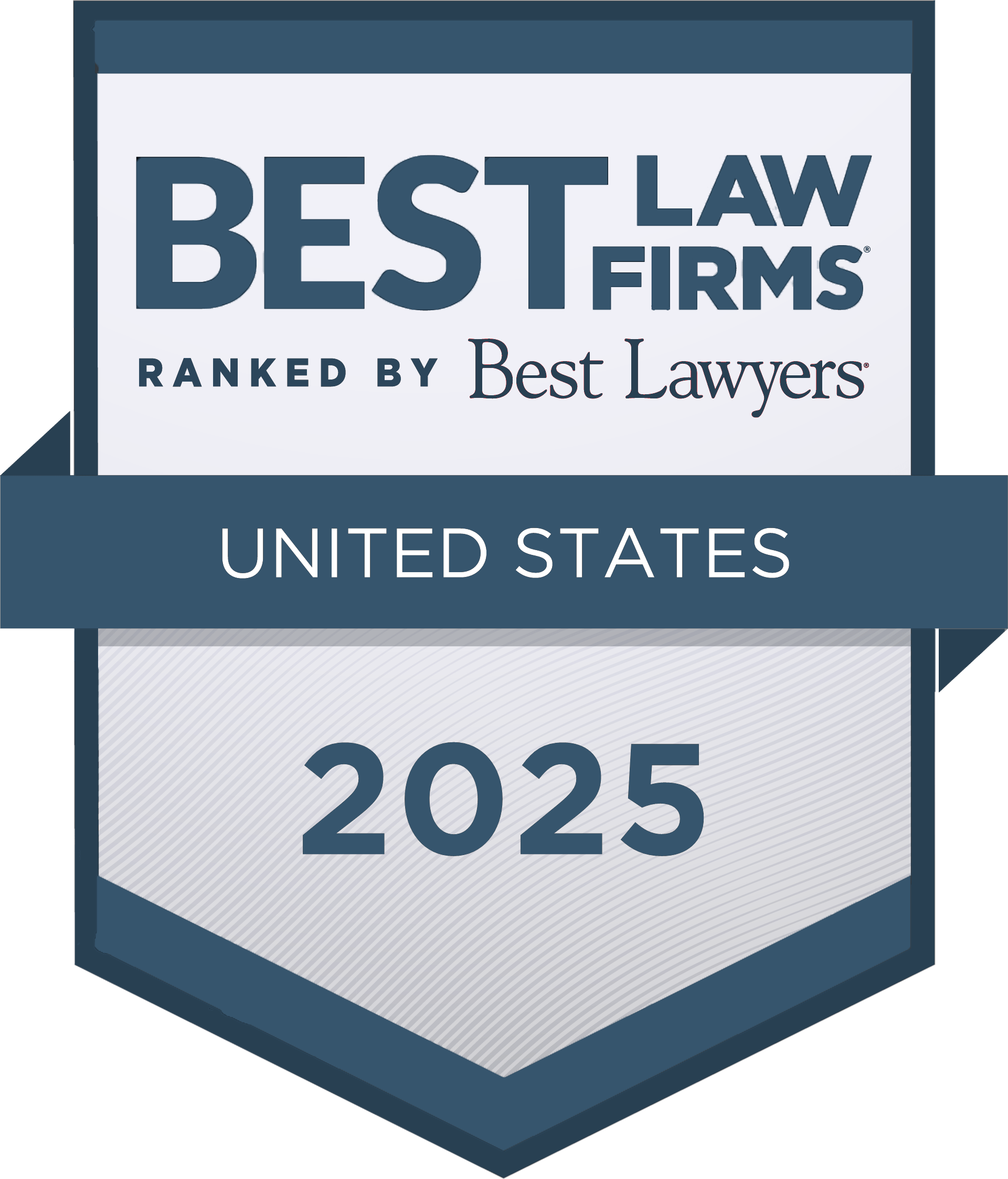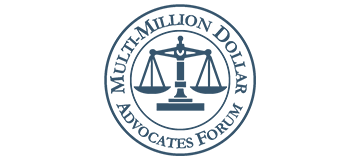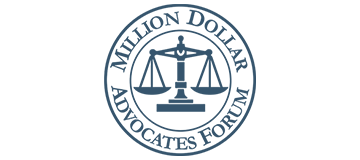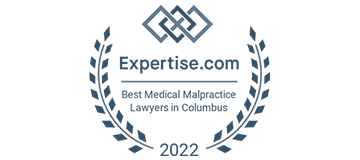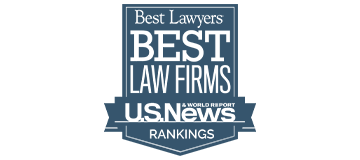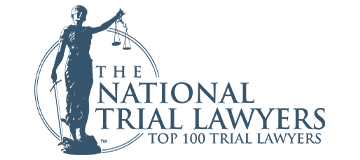In a perfect world, our law firm would be able to take on every case presented to us. But then again, in a perfect world people wouldn’t need civil litigation attorneys in the first place. Since the world isn’t perfect, and each case is governed by its own particular facts and circumstances, difficult choices have to be made before we decide to move a lawsuit forward on behalf of a client.
Evaluating cases: The three-legged stool
There are a couple of main reasons why we can’t accept every case that comes to us:
- We wouldn’t be able to serve our clients to the best of our ability. The volume of work and strain on limited resources would be so high that we couldn’t give our clients the service they deserve and that we strive for.
- Litigation is a difficult process for clients. Going through months or even years of litigation—along with the stress and distraction it would bring to one’s personal life, work life, and family—often means that it’s not in the client’s best interest to pursue a case unless there’s a strong likelihood of success.
So, how do we make those hard choices and decide which cases to accept? For plaintiffs’ attorneys handling a case on a contingency fee, we’ve determined there are three essential elements to evaluate in order to make a case worthwhile for our clients and ourselves. Think of these elements as the support of a “three-legged stool.” Without all three legs, strength of liability, damages, and source of recovery providing balance, the case and stool will collapse.
For a free legal consultation, call (614) 481-6000
Leg No. 1: Strength of liability
First, we look at strength of liability. For this leg, we’re assessing whether the facts of the case indicate a likelihood that we will be able to hold the defendant liable under applicable laws.
A straightforward example would be a case where someone is sitting at a stop sign in traffic and another driver rear-ends them. Given those facts, liability is clear because 1) the person at the stop sign was complying with the traffic laws, and 2) the person behind them violated those laws.
Sometimes, however, the liability aspect isn’t so easy to establish. In a medical malpractice case, for instance, or one involving negligent hiring, where a company hires a person who inflicts some kind of injury on a coworker or customer, the question of liability becomes murkier. In these situations, there won’t always be clear-cut standards or rules for determining who is liable.
In looking at those more complicated cases, we need to assess if there are other ways to establish standards. Are there existing and documented rules or regulations in that particular industry which can be applied to the case? Can experts define rules that would apply—rules that we can prove were violated?
Another aspect we consider is the status of the defendant. Even if we have facts and evidence indicating the defendant’s conduct violated established laws or rules, that particular person or company might enjoy certain protections that could prevent the case from succeeding. For example, we have to consider whether the potential defendant is a government employee or government agency. Because certain immunity rules and statutes effectively shield government agencies from liability, what could be a viable liability case against a non-governmental actor could turn out to be a poor liability case when a government agency is the defendant.
Leg No. 2: Damages
Second, we consider damages—the amount of money defendants may have to pay to restore plaintiffs to the condition they were in before being wronged. Damages are key because they bear directly on whether pursuing a case will make sense financially, both for the potential client and for the law firm.
The fact is, even the most basic negligence suit—say, a car accident case—can take a year or more to go to trial. As a result, the costs involved inevitably start to add up.
Oftentimes, even car accident cases aren’t so straightforward. If, for example, there were questions about whether something other than the crash caused the harm the plaintiff suffered, then expert witnesses may be required—and experts represent yet another expense.
Medical malpractice cases present their own unique challenges. In medical malpractice cases, the plaintiff typically has to present expert testimony from medical professionals in the defendant’s field to prove negligence. Experts in a medical field tend to be some of the highest-paid expert witnesses, meaning that if the case is successful, a higher percentage of the damages award or settlement will have to go toward reimbursing case expenses. This can make malpractice cases particularly challenging to successfully bring to court.
Another factor we look at when assessing damages is whether or not losses are economic. Economic damages—medical bills, lost wages, the cost of rehabilitation and future care—are not limited. You can recover in economic damages whatever you can prove your client has lost or will be paying in the future. On the other hand, non-economic damages—damages for mental distress or pain and suffering—are often capped.
Ultimately, when we take on a client, we have reason to believe the damages are high enough to reimburse the cost of preparing for trial and still leave a meaningful recovery for the plaintiff. The client needs to make a similar assessment: From their perspective, are they willing to spend a year or more in litigation, sitting for depositions and having their life pried into, based on the potential damages they could recover?
Click to contact our personal injury lawyers today
Leg No. 3: Source of recovery
Finally, we consider whether a case has a viable source to pay damages. Here, we ask: If we were to represent a client who was clearly wronged and whose trial could potentially result in a large judgment from the jury, can we recover on that judgment?
A lot of factors can affect whether a recovery can be obtained from a defendant. For instance, is the defendant insured? This is important because in most negligence cases, whether they involve medical malpractice or a standard type of personal injury, the recovery source will usually be an insurance policy—many individuals simply don’t have enough assets to pay a large judgment.
Even here, however, there are elements to consider. The first and most obvious one is how much insurance the would-be defendant has. Ohio, for example, requires that drivers carry auto insurance, but the injury liability minimums are only $25,000 (for an injury to one person) and $50,000 (aggregate for one accident).
If a person rear-ended somebody at a stop sign and the resultant injuries were relatively minor, those minimums might be sufficient. But what if the impact was at 55 mph and there were major injuries incurred, with expensive surgeries and months of physical therapy? Now that person with the state minimum limited insurance policy—assuming they didn’t have much in the way of personal assets—would not be able to compensate the plaintiff for their injury.
On the other hand, if the same crash was caused by a person driving a commercial vehicle, there would likely be higher insurance limits or other sources from which to recover, making the case much more viable.
Intention also plays a role here. Generally speaking, if injuries are caused by an intentional act or purposeful assault, they’re not covered by insurance. So if we’re looking at an intentional tort case, a very important consideration would be whether the defendant has sufficient assets available to pay any judgment made against them. and we’d have to look at exactly what those assets are—in some instances they may be shielded from judgments.
Complete a Free Case Evaluation form now
Other means of recovery
Evaluating cases based on liability, damages, and source of recovery is our way of looking out for our potential clients’ best interests. In our experience, most people would rather not go through a potentially multi-year process only to find that the judgment they finally received isn’t worth the paper it’s printed on.
Even if we don’t take their case to court, we’re often still able to help people in other ways. We’ve helped many people negotiate resolutions and settlements, for instance. and even if the damages might sometimes be less than what those people hoped for, they’re often relieved just to have someone help them through the process.
And in some cases, pursuing a lawsuit may not even be the most suitable remedy. We’ve found that for many people who contact us with a problem, getting answers about what happened is a much higher priority than compensation. Frequently, we can refer people to investigative services or governmental agencies that would be much better suited for helping them remedy their particular situation.
As Ohio civil litigation attorneys, our priority is always to find a way to help people. If the three legs of their case warrant pursuit of a lawsuit, then we’ll do it. Otherwise, we’d be doing a disservice both to them and to our other clients. and that’s just not how we do business.
The outcome of any client’s case will depend on the particular legal and factual circumstances of the case.
Call or text (614) 481-6000 or complete a Free Case Evaluation form


